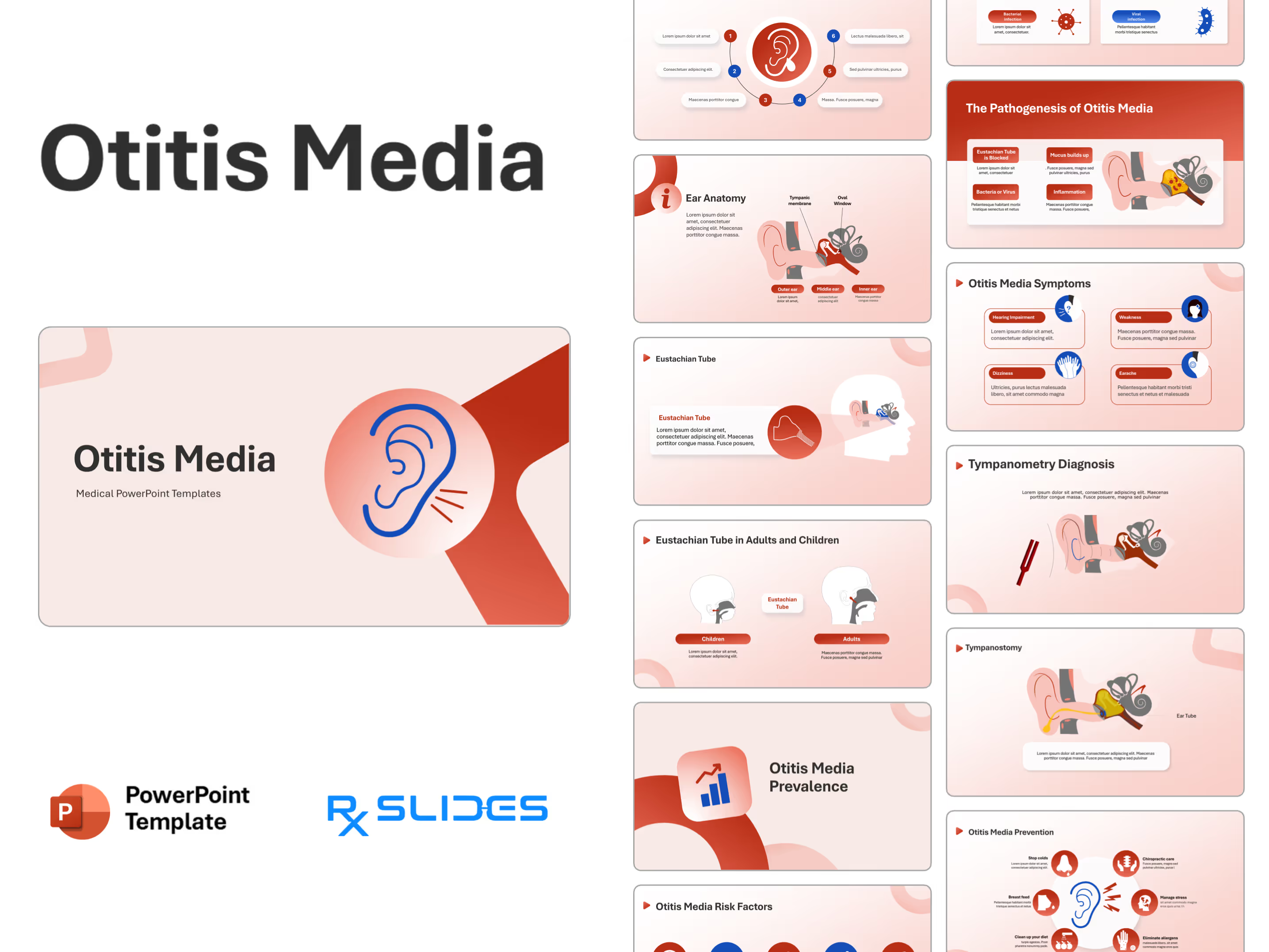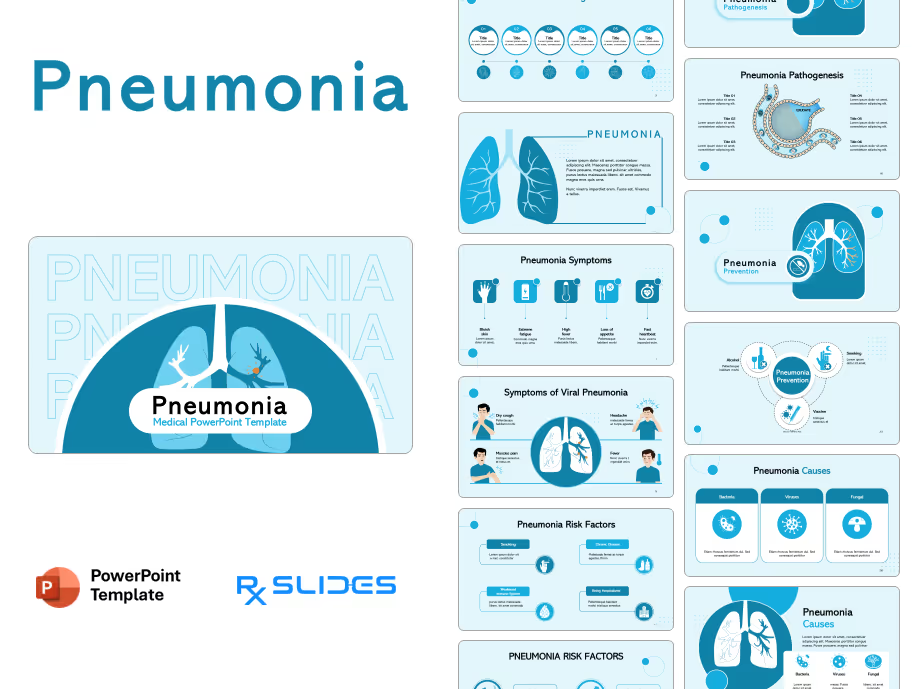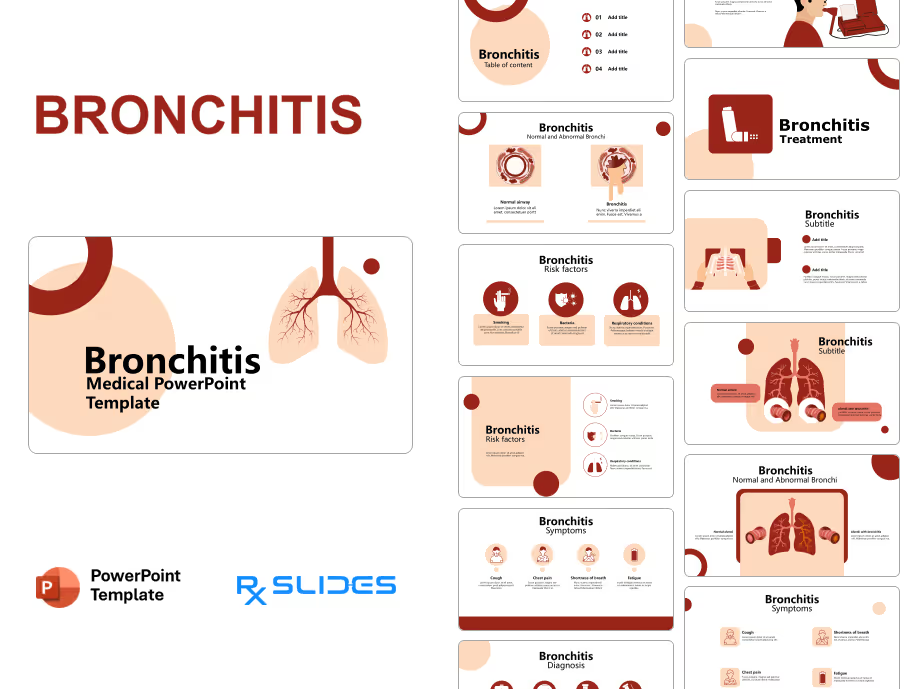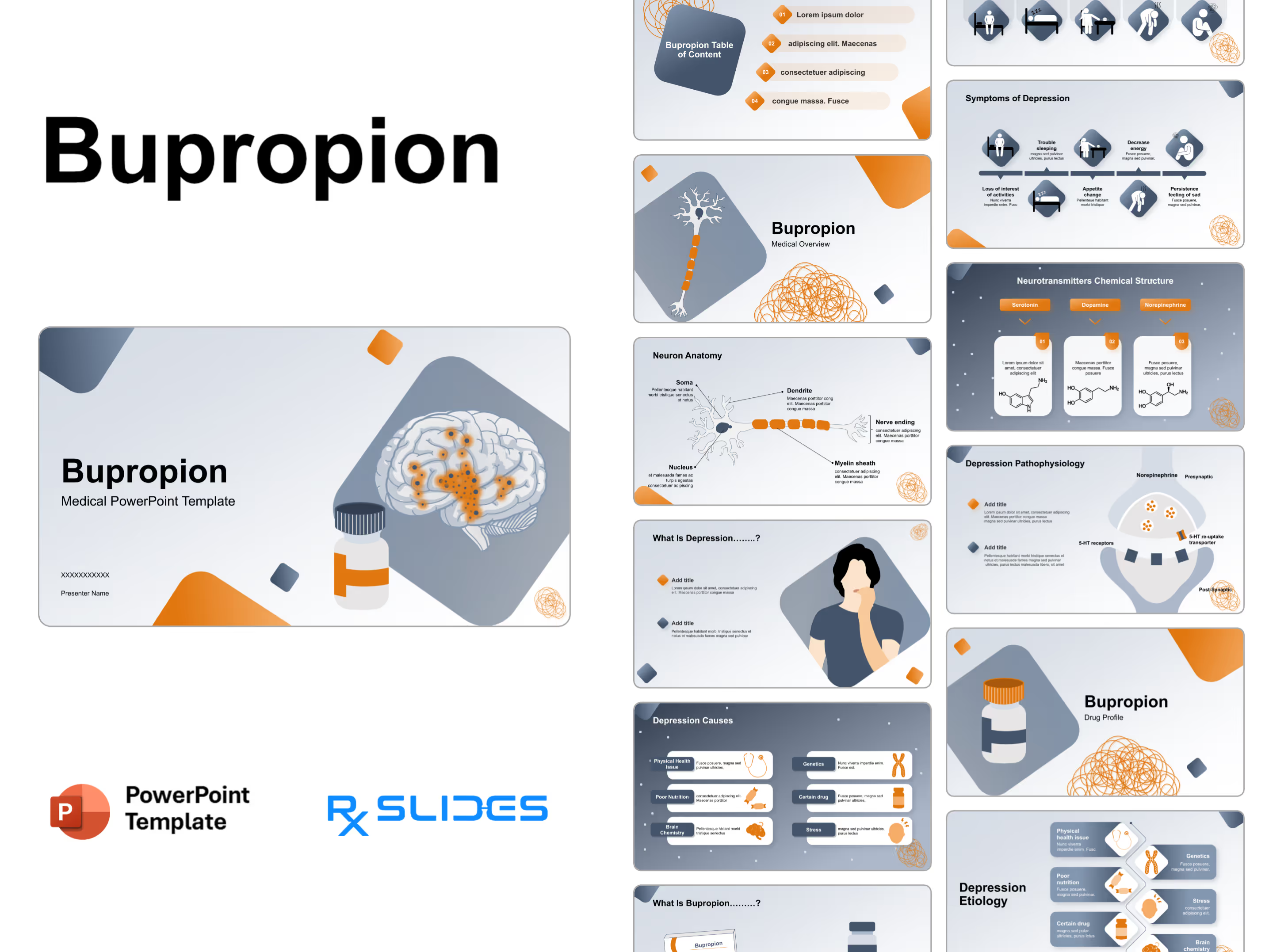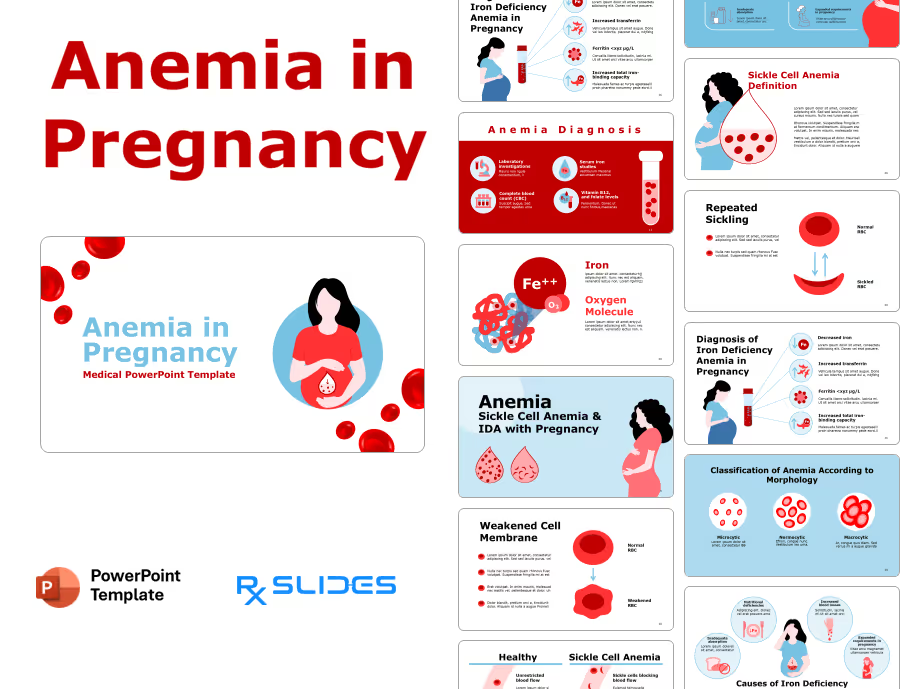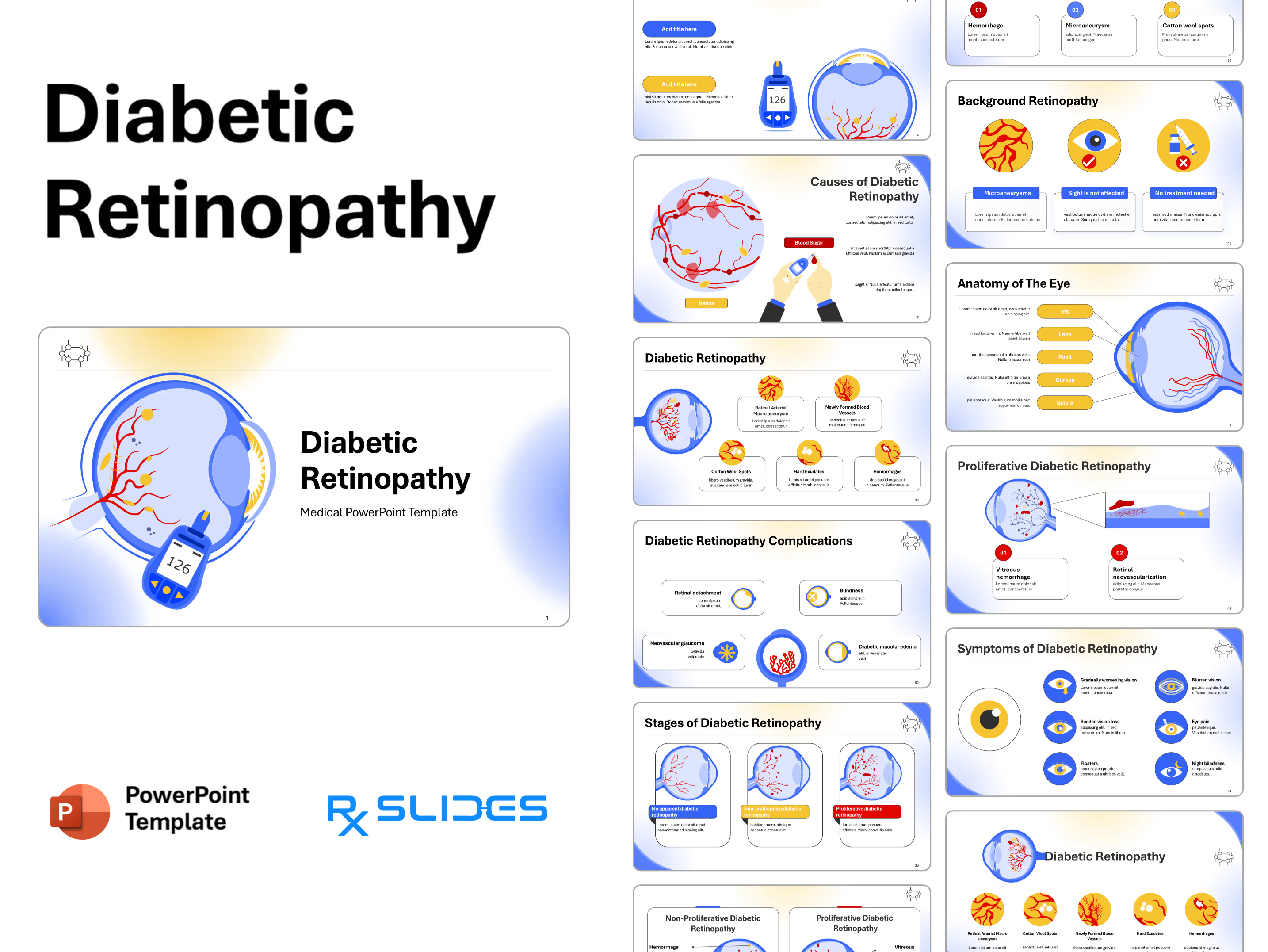Alzheimer's Disease PowerPoint Template

Alzheimer’s Disease Presentation: Medical PowerPoint Template
- The Alzheimer’s disease PPT template is an animated medical PowerPoint template that will help you realize the full potential of your presentation.
- Alzheimer's affects millions worldwide, casting a long shadow on families and communities.
- RxSlides medical animated PowerPoint slides, including medical animations and infographics, will give the audience a deep understanding of this complex disease.
- You can rely on our Alzheimer’s disease presentation to explain the science, challenges and hope surrounding Alzheimer's, using animation to bring the topic to life.
- you can explore more related PPT such as the donepezil PowerPoint template.
- From detailed neuron animations to interactive brain diagrams, our library of Neurology PowerPoint Templates will keep your audience engaged.
Alzheimer’s Disease PowerPoint Template Content
- Creatively designed cover slides to start your Alzheimer’s disease PPT presentation.
- An editable table of contents will help you show the contents of your Alzheimer’s disease PowerPoint presentation.

- Introductory slides to Alzheimer’s disease showing animated illustrations of the normal and the diseased brain.

Medical charts visualizing epidemiology.
- Alzheimer’s Disease epidemiology is illustrated with animated charts and infographics showing Alzheimer’s disease percentages in African Americans, Hispanics and non-Hispanic whites and the most susceptible ages that have the disease.

Illustrated anatomy of the brain
- Anatomy of the brain showing frontal lobe, parietal lobe, occipital lobe, temporal lobe, brain stem, cerebellum, corpus callosum, thalamus, lateral ventricles, hypothalamus, pons and cerebellar cortex.
- The neural cell structure is also illustrated, including cell body, nucleus, dendrites, axon, myelin sheath and axon terminals.

Animated pathophysiology of alzheimer’s disease
- Alzheimer’s disease PPT explains the Pathophysiology of the disease with animated structures of Amyloid Beta Production and Breakdown (Non-hyloidogenic pathway).
- You can notice that two pathways for APP processing are illustrated as follows:
- Non-amyloidogenic Pathway: Alpha-secretase and gamma-secretase cleave the amyloid precursor protein (APP) in neuron membranes into smaller fragments that the body can handle. Non-amyloidogenic pathway is the preferred pathway.
- Amyloidogenic pathway: in this pathway, beta-secretase and gamma-secretase sequentially cleave APP into fragments, including Aβ monomers. This pathway is associated with Alzheimer's disease.
- The animated illustration shows Aβ aggregation and plaque formation In Alzheimer’s, explaining how excess Aβ monomers clump together to form plaques, characteristic disease markers.
- Plaque-induced communication disruption is explained with animations showing how These plaques disrupt communication between neurons by blocking neurotransmitters at the synapse, the junction where neurons connect.
- This leads to the cognitive decline and memory loss seen in Alzheimer's.

Illustrations showing stages of disease progression
- You can see that Alzheimer’s Disease Stages are explained with animated illustrations of the brain showing the progression of the disease.
- According to Alzheimer's Research & Therapy, stages of the disease are pre-clinical stage, mild cognitive impairment and the Alzheimer’s disease Brain.
- Animated medical infographics in Alzheimer’s disease PowerPoint show the Alzheimer’s Timeline using animated icons of brain changes, thinking decline, memory changes, inability to eat and loss of communication.

Dementia overview
- This section of the Alzheimer’s disease PPT template contains animated slides explaining dementia and covering the following topics:
- Introduction to Dementia disease
- Comparative illustration between Alzheimer’s disease and dementia
- visualization of causes of dementia with animated icons of thyroid problems, infections, brain tumors, carbon monoxide, diabetes, as well as elevated cholesterol,
- visualization of dementia symptoms using animated icons of thinking difficulties, memory loss, self-management, visual perception, personality changes and speaking problems.

Causes
- Alzheimer’s disease Causes are visualized with icons of old age, head injury, diabetes, smoking, genetics, high blood pressure, depression and obesity.

Symptoms
- According to Alzheimer’s associations, Alzheimer’s disease Symptoms include memory loss, trouble solving problems, confusion with time and place, difficulty with reading, social withdrawal, speaking problems, trouble with familiar tasks and mood changes.

Treatments
- Alzheimer’s Disease Treatments include Brexpiprazole, Donepezil, Galantamine, Memantine, Rivastigmine and Lecanemab.

Prevention
- Alzheimer’s Disease Prevention methods are visualized with medical icons, including Exercise, Reduced cholesterol, Controlling high BP, Healthy weight, Balanced diet and No smoking or alcohol.

RxSlides visuals for alzheimer's disease PowerPoint template
- You can notice RxSlides provides you with a Set of PowerPoint icons and illustrations related to Alzheimer’s disease that will help you customize the content of this 100% editable presentation according to your content and audience interest.

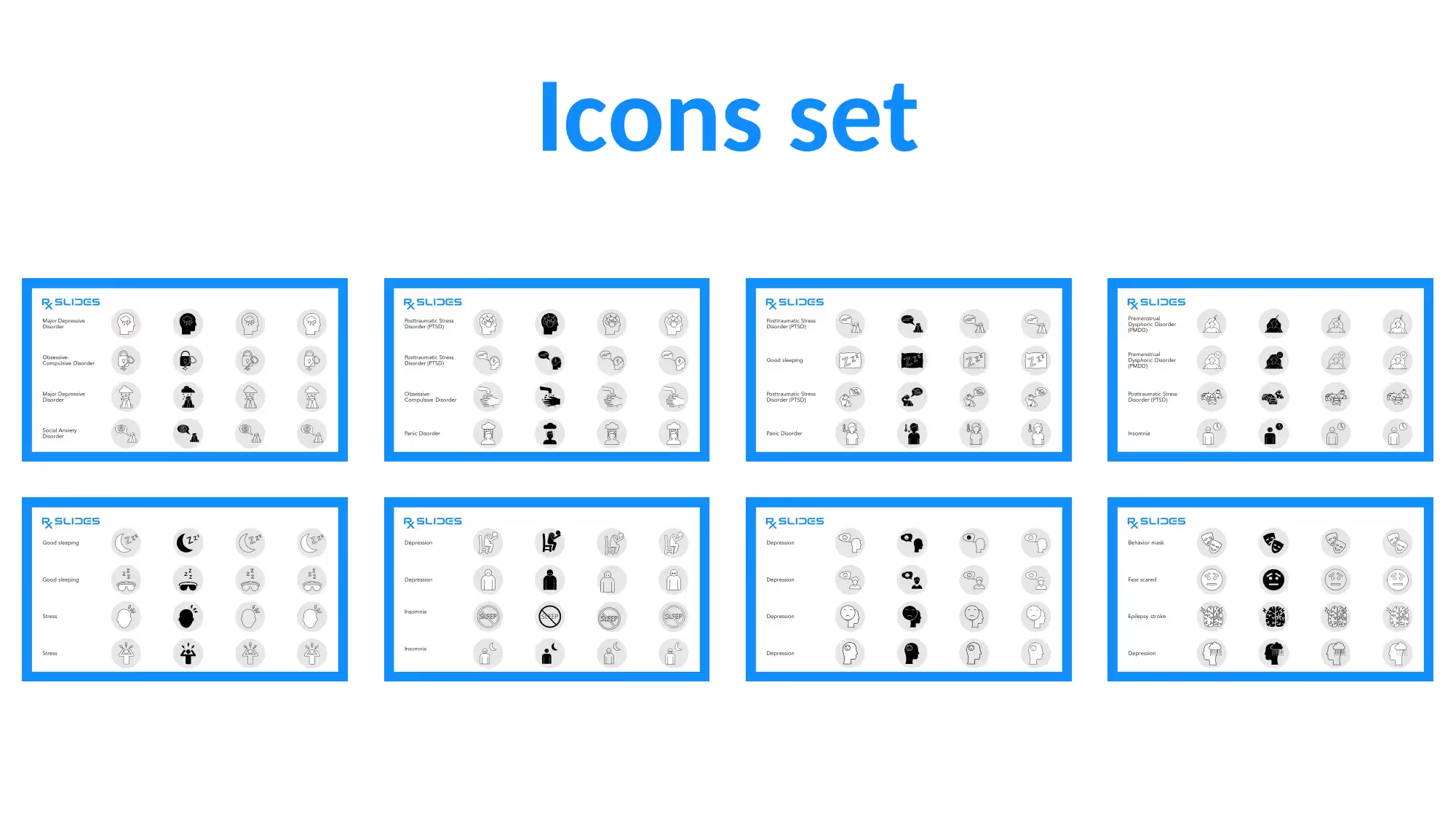
Features of the Template
- 100% editable PowerPoint template.
- Editable colors, you can change according to your presentation style and company branding guidelines.







